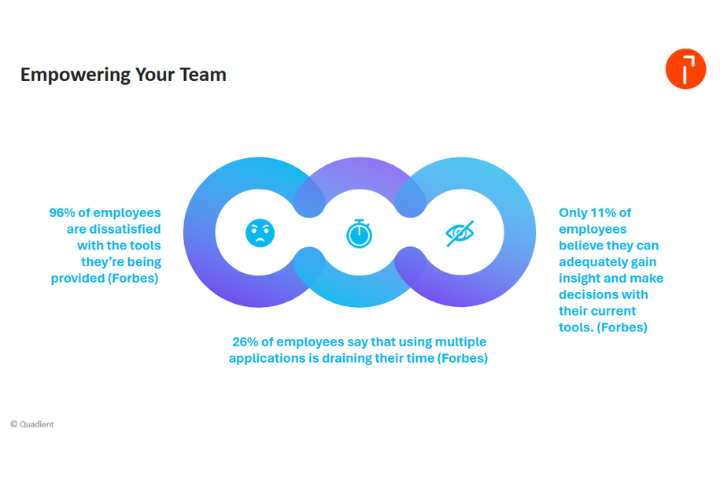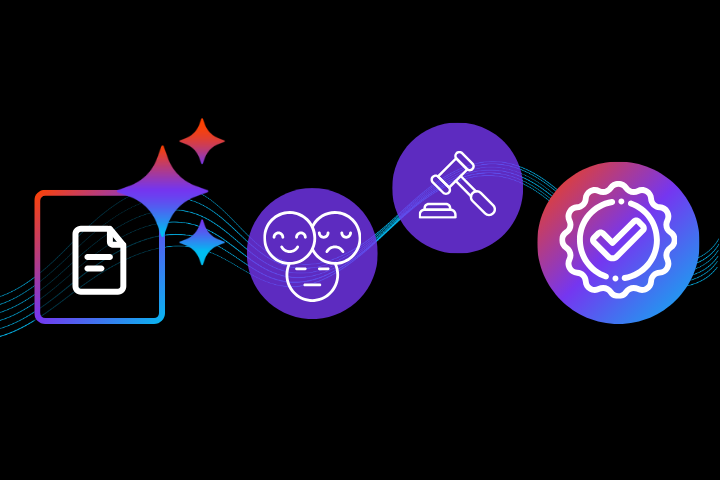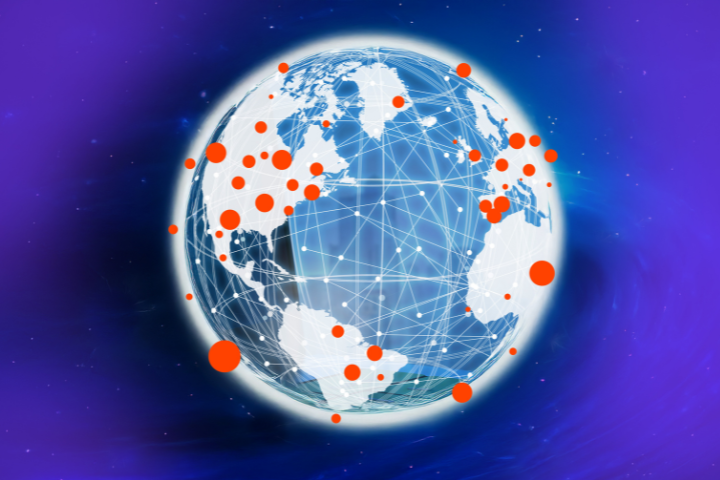Introduction
Before delving into the intricacies of the Global Data Synchronisation Network (GDSN) and its pivotal role in streamlining product data across the global supply chain, it's important to acknowledge the complementary nature of systems like PEPPOL, which facilitates the seamless exchange of e-invoicing and other electronic procurement documents across borders, highlighting the interconnectedness of modern digital commerce solutions.
In 2015, a US global retailer expanding into Canada found itself unable to stock products on its shelves for a peculiar reason. They had made a critical error with the product sizes in their ERP. They had built shelf space to metric measurements and the products in their ERP were labelled as metric, but when it came time to stock the shelves it turned out the product dimensions were imperial. What they’d thought was a 12-cm box was a 12-inch box.
As global trade gets more complex, companies need a standardised way of sharing accurate product information. Since 2004, this is what GS1’s initiative GDSN (Global Data Synchronisation Network) has brought to over 50,000 companies worldwide.
What is GDSN?
GDSN is an interconnected network of data pools that facilitates the real-time, standardised exchange of product-identification data among trading partners.

Why was it built?
It was built in 2004 by GS1 to allow trading partners access to real-time data. GDSN aimed to streamline and standardise product-identification data and enhance supply chain efficiency with improved accuracy, error reduction, and better collaboration.
Who built it?
GDSN was built by GS1, a global non-profit organisation that also sets the standards for Electronic Data Interchange (EDI), barcodes, and RFID tags.
Who is it for?
GDSN is designed for businesses and trading partners involved in supply chain management and product distribution. It is particularly beneficial for manufacturers, retailers, and distributors. For companies that trade globally and deal with thousands of trading partners throughout the world, all requiring product details in many different formats (excel, pdf, word, forms, portals, etc.), it is a business-crucial asset.

What is it used for?
It’s used to share up-to-date product information and GDSN allows companies to maintain accurate and consistent details for their on-shelf products, manage inventory efficiently, optimise order fulfilment, and ensure supply chain efficiency.
Benefits of GDSN
From accurate information on purchase orders to greater trust in, and assurance that everyone is looking at the same trading information data, the benefits of the Global Data Synchronisation Network are vast.
The elimination of manual processes like sharing lists saves time, reduces costs, and minimises supply chain errors and delays (avoiding stockouts, and orders of discontinued products).
In the health and food sectors, GDSN facilitates compliance with health and nutrition standards, which in turn, can help bring new products to market more quickly, as is the case in retail where on-boarding and real-time synchronisation let retailers sell new products sooner. Moreover, some large retailers like Amazon require their suppliers to use GDSN.

In scenarios where chargebacks or penalties for not complying with desired standards are enforced, GDSN helps companies avoid these penalties.
The basics
Effective implementation of the GDSN requires acquaintance with the system’s terms. Here is what you need to know:
What is a data pool?
The GDSN is built around certified, interoperable data pools or repositories around the globe. Each one is run by a data pool operator, where all the product identification data is synchronised and subscribed to.
What is a trading partner?
Within your supply chain, trading partners are the entities you do business with.
What is article master data?
Article master data refers to comprehensive and standardised information about a specific product, including details such as description, dimensions, and weight.
What is a Global Trade Item Number?
Often used in barcodes, a Global Trade Item Number (GTIN) is a unique identifier assigned to products to facilitate accurate and standardised data exchange.

What is a Global Location Number?
A Global Location Number (GLN) is a unique identifier for locations within a supply chain, such as warehouses and cargo vessels.

Who subscribes to the data?
The data is subscribed to by trading partners, such as manufacturers, retailers, and distributors.
What is a GS1 Global Registry?
The GS1 Global Registry is a centralised database maintained by GS1 that stores and manages unique identifiers, such as GTINs and GLNs.
How GDSN works
Based on GS1 standards GDSN works on a publish-subscribe messaging model that ensures standardised, accurate, synchronised data exchange.
Within the GS1 system, “brand owners” assign unique Global Trade Item Numbers (GTINs) that include article master data to their products. The GS1 standardised data is then shared with the data pool, to which trading partners subscribe.
Any changes made to the data are synchronised and updated in real-time allowing all subscribers access to up-to-the-minute information.
How can I get started?
Establishing relationships with trading partners
In the global supply chain, physical proximity to trading partners is ever less common, which is why subscribing to the same data pool as the entities you need to trade with is so important.
Real-time tracking and updating of product information
Once subscribed, modifications and updates to product details are in real-time.
Who should manage GDSN processes?
Businesses often have dedicated teams or individuals responsible for maintaining and updating product information within the GDSN data pool.
What product attributes can be shared?
Product description plus details of physical attributes can be shared including any specifications.
How much does it cost to use GDSN data?
Data pool subscription varies depending on which pool you subscribe to and the kind of subscription and usage. The cost must be well investigated before subscription to make the right decisions for your business. Some retailers have stopped requiring GDSN when dealing directly with them, due to the potential cost.
Key takeaways
As a part of the GS1 standard GDSN provides massive value to tens of thousands of businesses throughout the global supply chain, providing trading partners accurate real-time data on millions of operation-crucial products, improving efficiency, boosting profits, and fostering trust and confidence in the evermore complex and interconnected sphere of worldwide trade.








